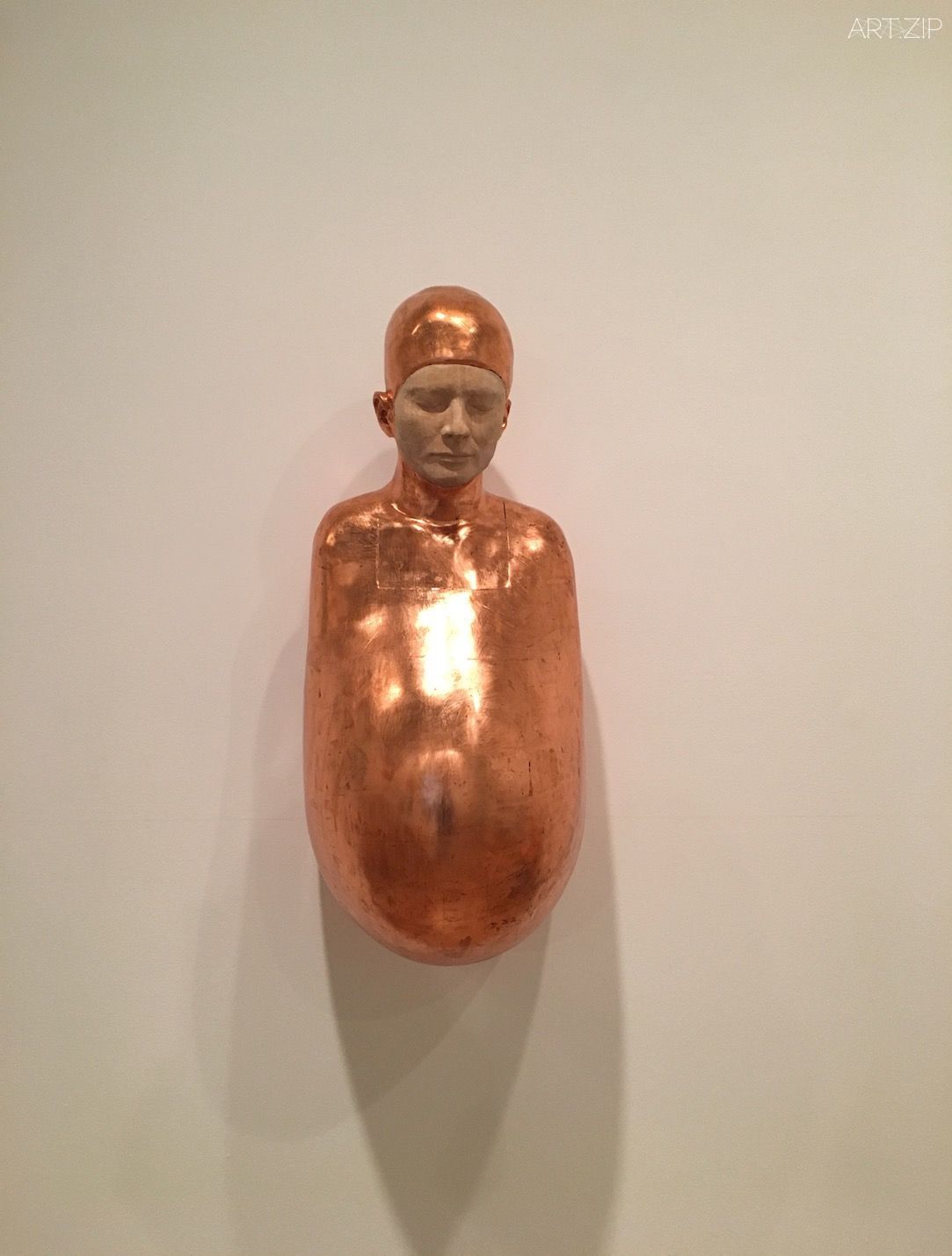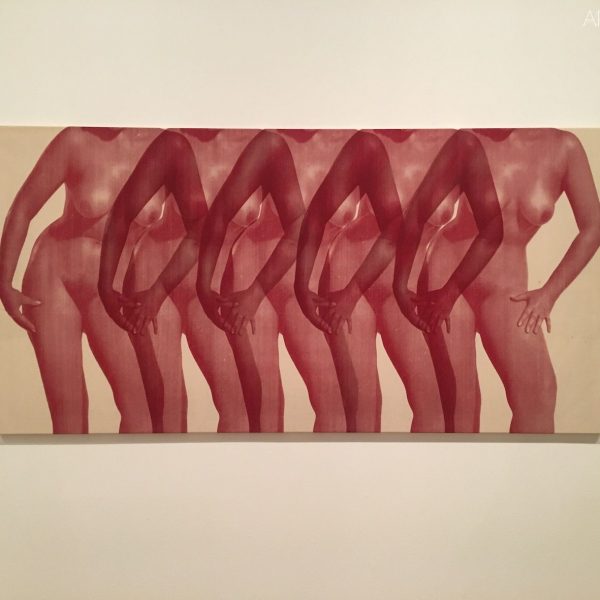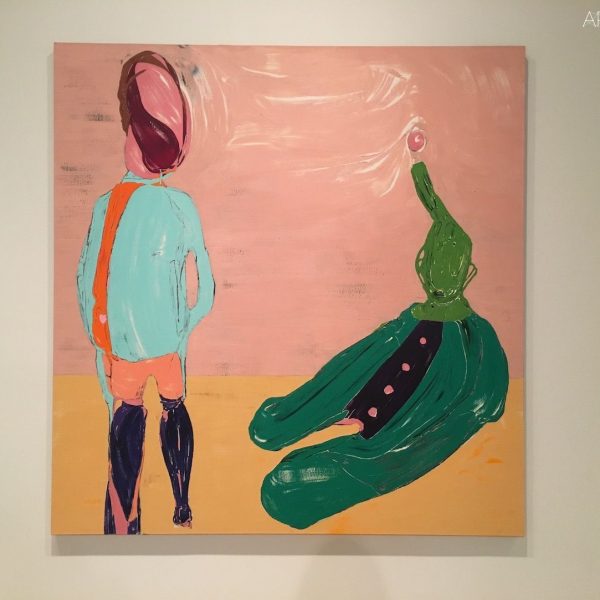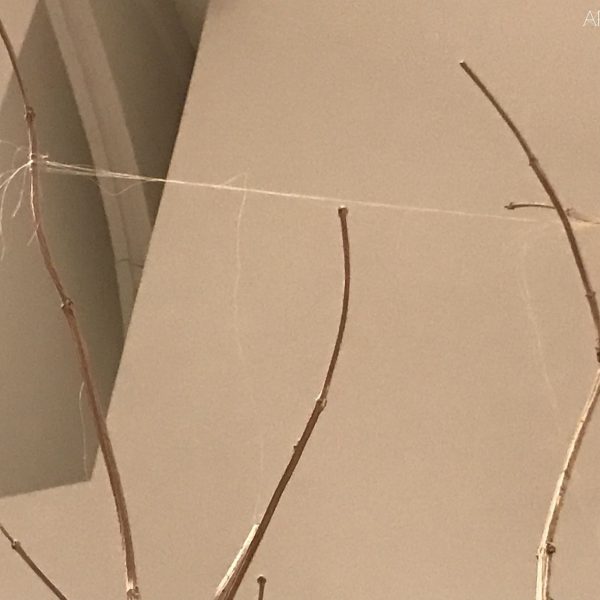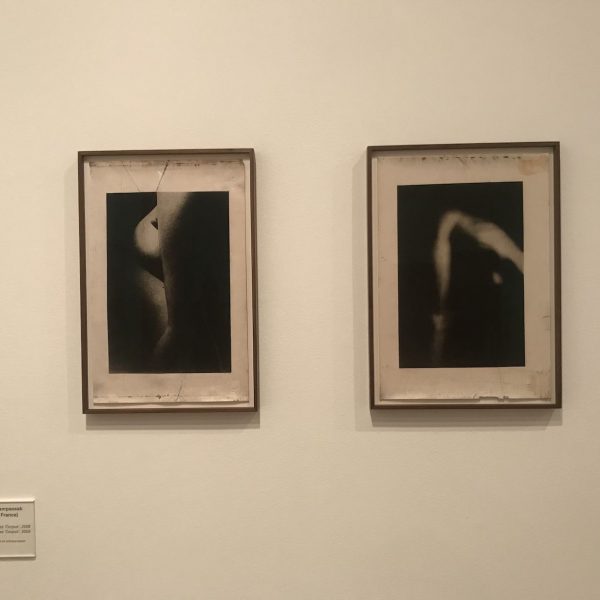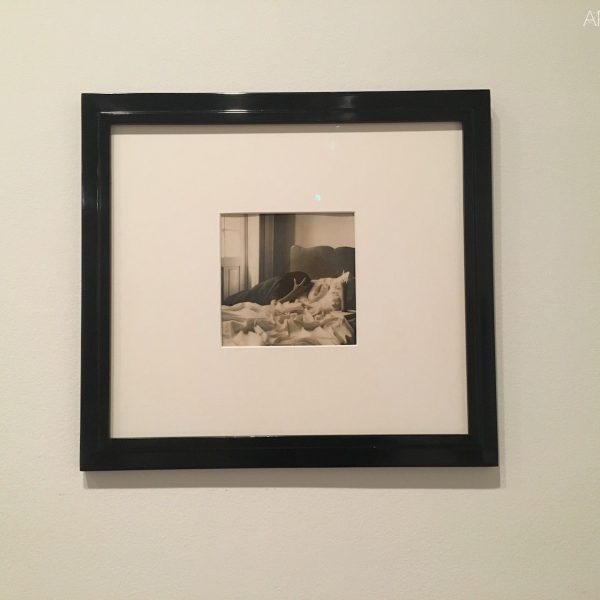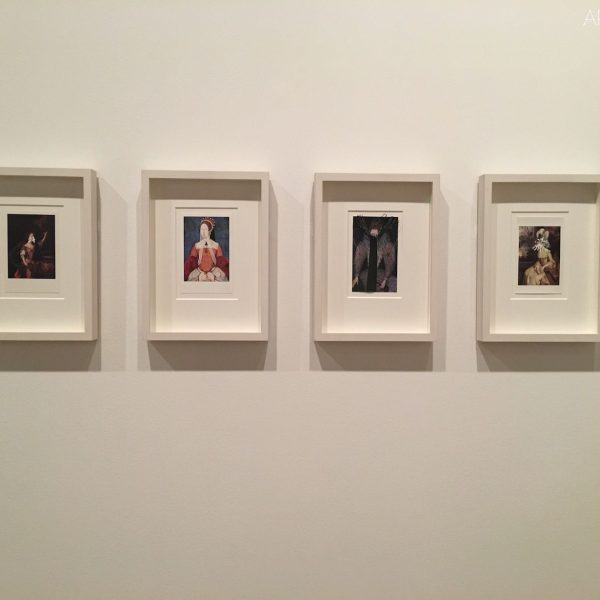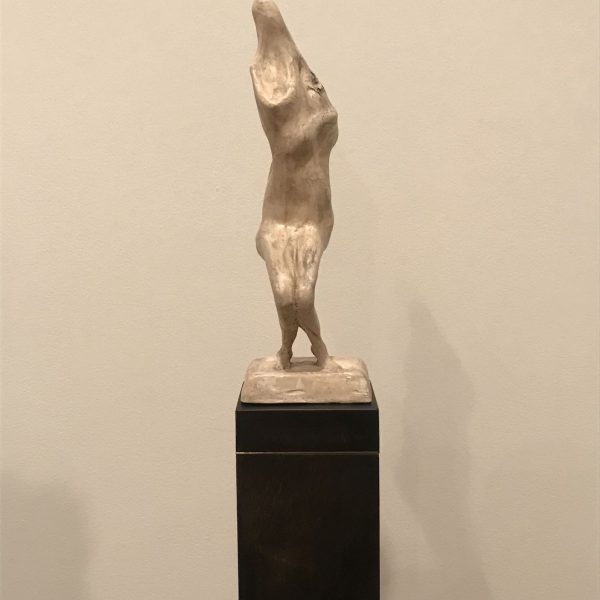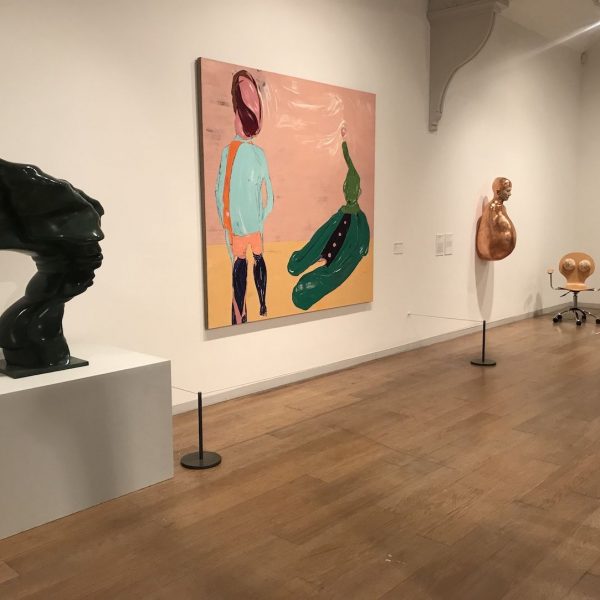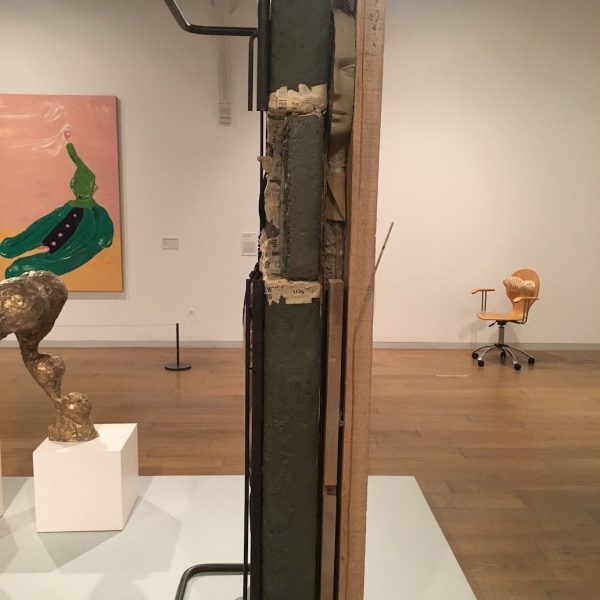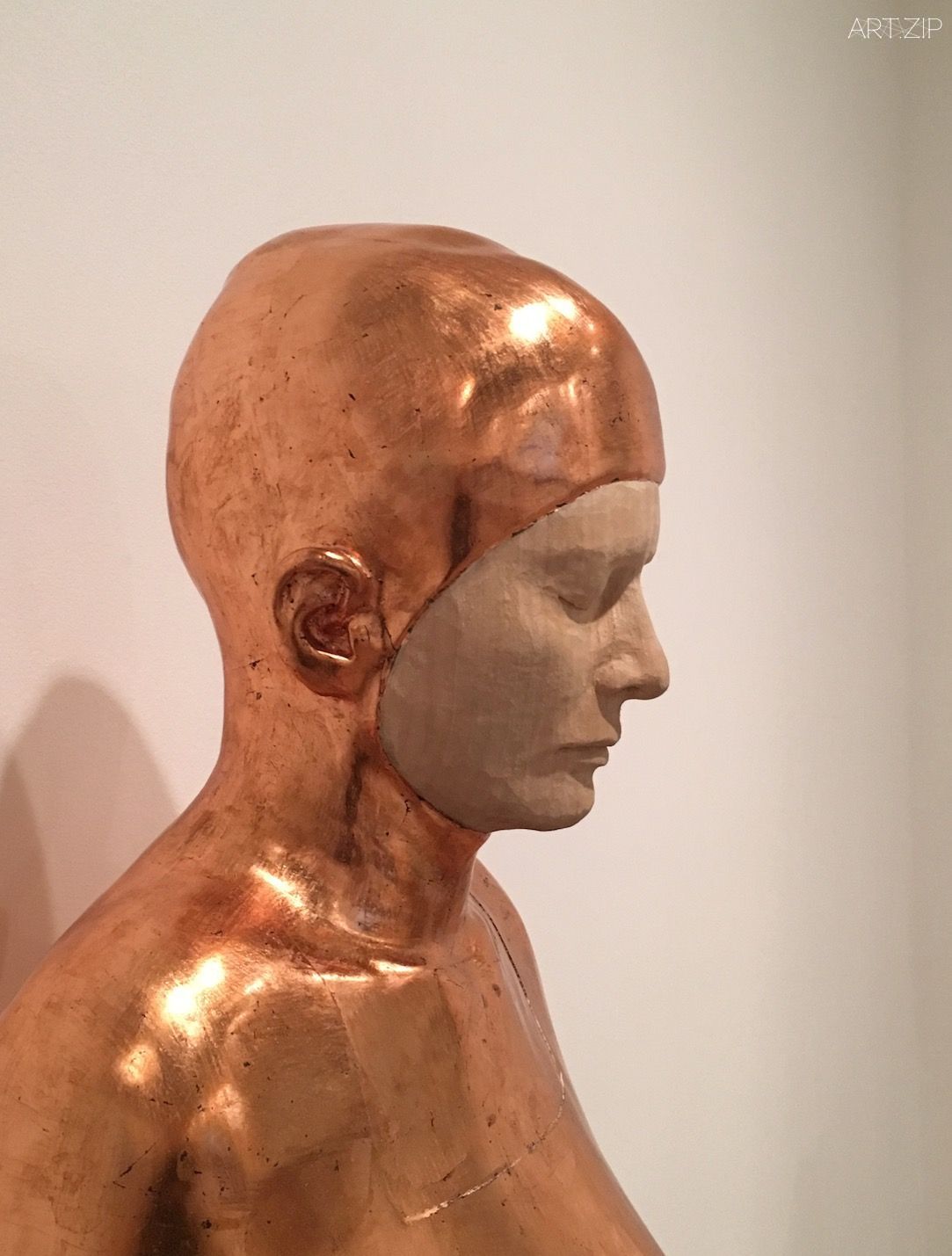
Whitechapel gallery
10 April – 12 August 2018
This spring the Whitechapel Gallery presents Bumped Bodies, a new display of work by 23 international artists which explores the relationship between the body, objects and the environment.
- Paloma Varga Weisz ‘Bumped Body’ 2007
- Paloma Varga Weisz ‘Bumped Body’ 2007
The display is named after Paloma Varga Weisz’s Bumped Body (2007), an ambiguously gendered pregnant form. The white figure encased in a gleaming copper shell hangs from the gallery wall. It explores the idea of pregnancy as an extreme form of selfhood, examining the tension between the expectant body as a subject and an object.
Works on show offer fragmented, deconstructed and visceral perspectives where the body intersects with inanimate objects. Mark Manders’ enigmatic figures are sandwiched between a bedstead or wooden blocks (Composition with Short Verticals, 2010 and Vertical Bed, 2007 – 12). Berlinde De Bruyckere’s Quan (2009) features a frail, naked figure dissolving into a mattress.
Many artists in this display question a sense of physical cohesion by duplicating and modifying bodies, or evoking the figure through uncannily fragmenting body parts and shapes. Alexandra Bircken’s Simone (2013) has been sliced in half, while John Stezaker’s Untitled (5 Nudes) (c. 1980) features a repeated silkscreen print of a female nude to create a pattern. Rebecca Warren’s humorous composition of striding high-heeled legs without a torso is raised on plinths, commenting on the traditions of modernist bronze sculpture (as yet untitled (Croccioni bronze), 2009).
The visceral quality of the marks used by artists is apparent in the display. In Huma Bhabha’s striking portrait in pastel Untitled (2013), decisive gestures of vibrantly-coloured purple and orange are evident.
Meanwhile, Wael Shawky (b. 1971, Egypt) presents the story of the crusades from an Arab perspective using puppets in Cabaret Crusades: The Path to Cairo (2011-12), which exaggerate and distort human and animal forms, to revisit history and reveals hidden truths.
In this final display drawn from the ISelf Collection, artists reflect on the subject of self by questioning physical and material cohesion. As our sense of physical reality shifts, these artists can open up the possibilities thinking beyond selfhood. This display continues the Gallery’s commitment to showing art from exceptional but rarely seen public and private collections.
ISelf Collection: Central to the ISelf Collection is identity, with particular reference to the human condition. Through painting, sculpture and vintage photography the themes of birth, death, sexuality, love, pain and joy are all rigorously explored. Many of the works examine the existential dilemma that is inherent to human nature. Figuration plays a major part, and a majority of the artists represented are women. The ISelf Collection was established in 2009 by Maria and Malek Sukkar, and the collection is curated and managed by Anderson O’Day Fine Art.
ISelf Collection displays: The exhibition continues the Whitechapel Gallery’s dedicated collections programme in Gallery 7, which reveal rarely-seen works from around the world. Previous displays were ISelf Collection: Self-Portrait as the Billy Goat (27 April – 20 August 2017); ISelf Collection: The End of Love (30 August – 26 November 2017) and ISelf Collection: The Upset Bucket (5 December 2017 – 1 April 2018).
《自我集》是由Maria和Malek Sukkar在白教堂畫廊創辦的系列展。繼《以山羊比利作自畫像》、《愛的盡頭》和《打翻的桶》 三個主題展之後,此次推出的最後一篇展出23位藝術家的作品,深入探究人體、物體和環境之間的關係。
《隆起的人體》取自藝術家Paloma Varga Weisz的同名作品。Paloma用黃銅包裹性別不明的、似乎是懷孕狀態的白色人體,充分挖掘懷孕這種極端的自我形式,審視一個待產的身體作為主體和客體之間的張力。
展出的許多藝術家還通過複製和修飾人體形象來感受物理凝聚力,他們有的用不同尋常的方式分割和重組人體。比如John Stezaker將女性裸體重複排列,組合出有規律的圖案;Rebecca Warren不失幽默地組合大跨步的、穿著高跟鞋的雙腿;Alexandra Bircken將作品齊整地一分為二…
《自我集》的中心主題是身分感,尤其關注人的狀態。以繪畫、雕塑和早期攝影原片為媒介,探索關於生、死、性、愛、痛、樂的命題。在《隆起的人體》中,藝術家用多種手段思考“自我”這個主題,耳目一新的同時又引人深思。
展覽場地:白教堂畫廊
展覽時間:2018年4月10日 – 8月12日

